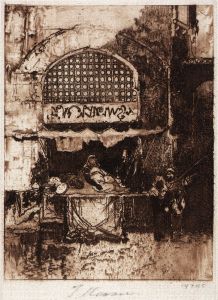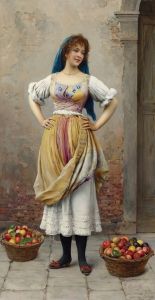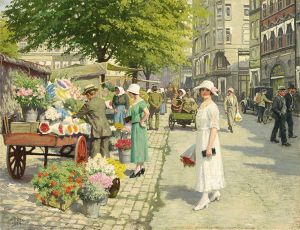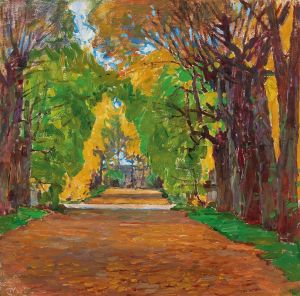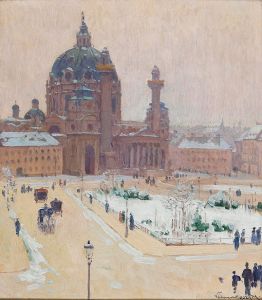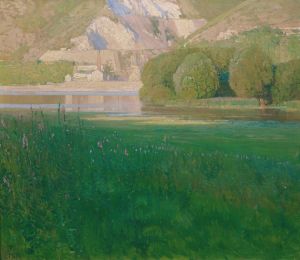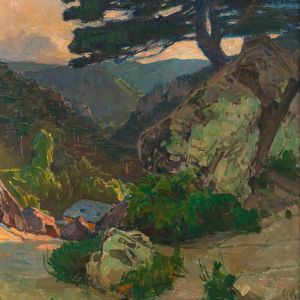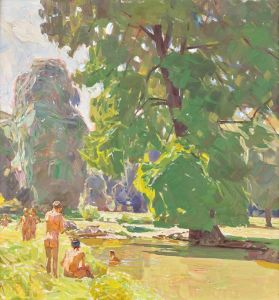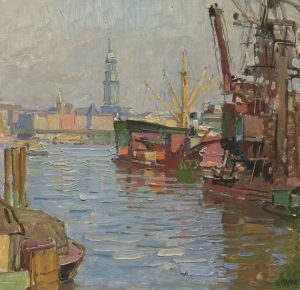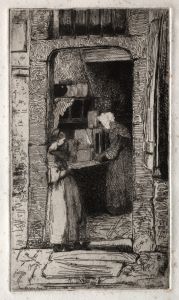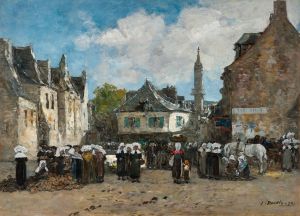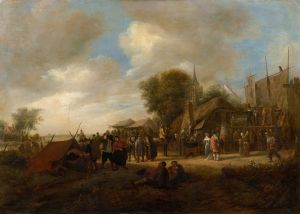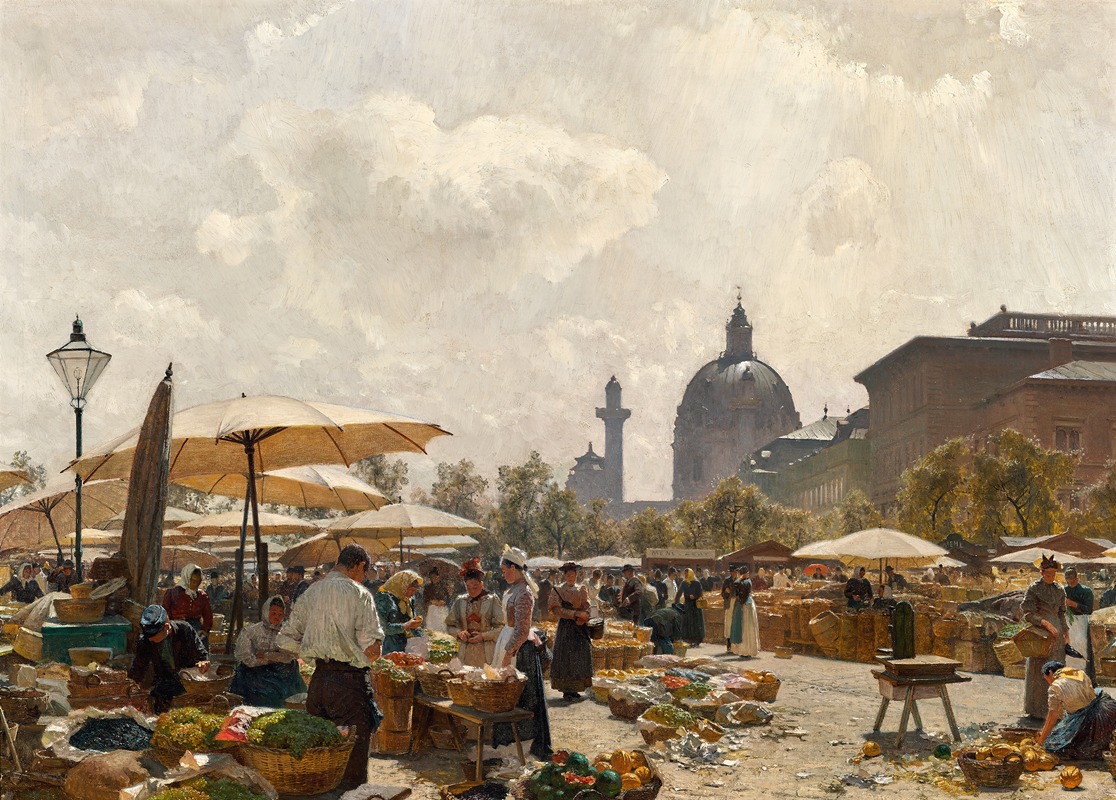
Der Naschmarkt in Wien
A hand-painted replica of Carl Moll’s masterpiece Der Naschmarkt in Wien, meticulously crafted by professional artists to capture the true essence of the original. Each piece is created with museum-quality canvas and rare mineral pigments, carefully painted by experienced artists with delicate brushstrokes and rich, layered colors to perfectly recreate the texture of the original artwork. Unlike machine-printed reproductions, this hand-painted version brings the painting to life, infused with the artist’s emotions and skill in every stroke. Whether for personal collection or home decoration, it instantly elevates the artistic atmosphere of any space.
Carl Moll was an influential Austrian painter associated with the Vienna Secession movement, which was a group of artists who broke away from the traditional art institutions in Vienna at the end of the 19th century. Moll was known for his landscape paintings and his ability to capture the essence of Viennese life through his art. One of his notable works is "Der Naschmarkt in Wien," which translates to "The Naschmarkt in Vienna."
The Naschmarkt is Vienna's most famous market, with a history that dates back to the 16th century. It is located in the city center and has been a vibrant hub of commerce and social interaction for centuries. The market is known for its diverse range of goods, including fresh produce, meats, seafood, spices, and a variety of international foods. It is also a popular tourist destination, attracting visitors with its lively atmosphere and rich cultural offerings.
Carl Moll's painting "Der Naschmarkt in Wien" captures the bustling energy and dynamic environment of this iconic market. The artwork reflects Moll's keen observation skills and his ability to depict everyday scenes with a sense of realism and attention to detail. Through his use of color and composition, Moll conveys the vibrancy and liveliness of the market, highlighting the interactions between vendors and customers, as well as the variety of goods on display.
Moll's association with the Vienna Secession is evident in his approach to painting. The Secessionists sought to break away from the conservative art styles of the time, embracing new techniques and ideas that emphasized individual expression and modernity. Moll's work often features elements of Impressionism, with a focus on light and atmosphere, which can be seen in his depiction of the Naschmarkt.
The painting not only serves as a representation of the market itself but also offers a glimpse into the cultural and social fabric of Vienna during Moll's time. It reflects the city's cosmopolitan nature and the diverse influences that have shaped its identity. The Naschmarkt, as depicted by Moll, is more than just a place of commerce; it is a microcosm of Viennese life, where different cultures and traditions intersect.
Carl Moll's contribution to the Vienna Secession and his role in the development of modern art in Austria are significant. His works, including "Der Naschmarkt in Wien," continue to be appreciated for their artistic merit and historical value. They provide insight into the cultural landscape of Vienna at the turn of the 20th century and the artistic movements that emerged during this period.
In summary, "Der Naschmarkt in Wien" by Carl Moll is a notable work that captures the essence of Vienna's most famous market. Through his skillful depiction of the bustling scene, Moll offers a window into the vibrant life of the city and the artistic innovations of the Vienna Secession.





